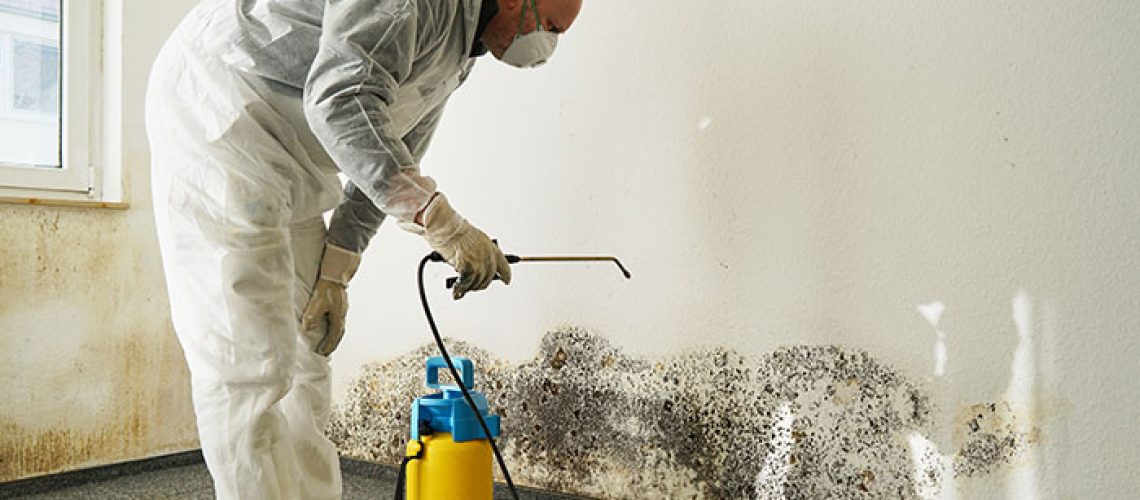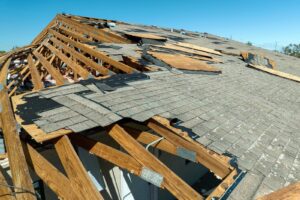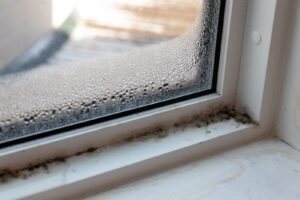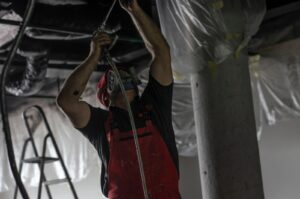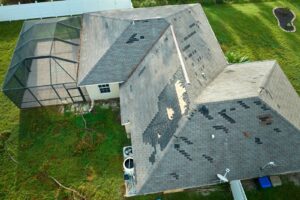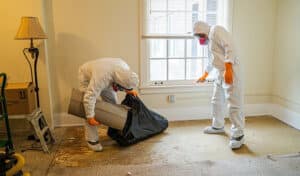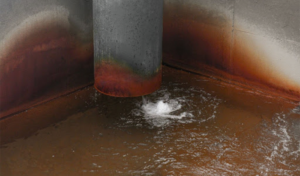It’s common knowledge that mold needs moisture to grow and thrive, but does that mean it will die if it dries out? The answer is more complicated than you might think.
Mold can wreak havoc on your home. It damages walls, destroys carpets, and eats through the wood. But that’s not the worst of it. Mold spores can also be hazardous to your health, causing allergies and respiratory issues galore.
But what do you do when there’s a mold problem? Can you just fix the leaky pipe or cut off the moisture and assume that the mold will die off on it’s own? If only it was that easy.
Here’s everything you need to know about controlling mold growth in your home or business, and how to kill mold once it starts.
How Mold Grows
It’s essential to understand what mold needs to grow and thrive in order to learn how to kill mold. The truth is that mold spores are everywhere. They are a natural part of our environment and aren’t typically harmful until they land on a wet or damp spot and start to grow.
Mold needs two things in order to grow out of control: moisture and food. This explains why mold problems are usually found in damp environments like bathrooms and basements. It’s also the reason that many people assume mold will die without a source of moisture.
Moisture is definitely key to mold growth, but the food source is also important. Mold commonly gains nutrients from various materials like wood, paper, drywall, and other organic sources. Combine one of these sources with some moisture and it’s an ideal breading ground for mold and fungus.
Will Mold Die Without Moisture?
We’ve established that mold needs both food and moisture to grow, but what happens if you take away the moisture? Will the mold simply die? Unfortunately, it’s not that easy.
Cutting off the mold’s water supply will stop it from growing, but it will simply go dormant. Growth will restart as soon as more moisture becomes available. Killing mold requires more than just cutting off the source of wetness.
Removing the source of the moisture is a good first step to killing the mold. So fix the leaky pipe, seal the windows, or do whatever is needed to dry out the area. Then the mold spores and any contaminated materials will need to be completely and thoroughly disinfected. Let’s take a look at the best methods for doing this.
How To Kill Mold
There’s a lot to consider when you tackle a mold problem. Many people expect complete mold removal, but that’s not very realistic since mold spores are a natural part of our everyday lives. Mold remediation is a much more practical approach. This method works to bring mold levels back to a safe level and ensure mold growth can’t continue.
The best way to deal with a mold problem in your home or office is to call your local mold remediators. They have the knowledge, experience, and tools to remediate the mold and make your property safe to occupy.
High levels of mold can present serious health problems like asthma. It can also cause serious damage to your property. That’s why it’s important to call a professional as soon as you discover a mold problem. They will take the following steps to remediate the mold in your home or business:
- Inspect your property and assess the damage.
- Contain the mold so it can’t continue to spread.
- Remove mold-infested materials for cleaning or disposal.
- Dry out the area completely.
- Clean the entire area with disinfectant to kill the mold.
- Replace all the cleaned items and restore your property to its original state.
- Assist with filing an insurance claim to help cover the cost of the repair.
Can You Kill Mold Yourself?
Many homeowners prefer to tackle mold problems on their own, especially if it’s a small area. Here’s a look at some DIY methods for remediating mold in your home or business. Please use extreme caution when cleaning with chemicals, and never mix chemicals since this can produce toxic gases.
- White vinegar is commonly used to kill mold on hard, nonporous surfaces like sinks, bathtubs, and shower walls. Use full-strength vinegar in a spray bottle and spray it directly onto the mold, then scrub it with a bristle brush until it’s gone.
- Use a bleach solution by mixing one cup of chlorine bleach with one gallon of warm water. A cleaning sponge works well to apply this cleaning solution. Spread it directly onto the surface and don’t rinse with water afterward. This strategy is a popular choice on drywall and many hard surfaces.
- Another strategy for killing mold is using a solution of ammonia and water. Mix one part ammonia and one part water in a spray bottle, then spray it directly onto the contaminated surface. Wait two to three hours, then rinse with clean water.
Remember to keep all chemicals separate, especially ammonia, vinegar, and bleach. Never mix them, and be sure to thoroughly rinse spray bottles after using them with a chemical cleaner.
Restoremasters Is Your Mold Remediation Specialist
Restoremasters is here to help if you find mold in your home or business. Our mold remediation team is equipped with the knowledge and tools to restore your home or business to its mold-free state. Our goal at Restoremasters is to promptly repair damage to your property caused by wind, fire, mold, water, sewage, graffiti, or smoke.
We have more than 100 years of combined experience in the industry and the right tools for the job, so we can get you back to everyday life regardless of what damage your home has suffered.
We are located in Sandy, Utah, and provide services to the greater Salt Lake and Utah County areas, from Salt Lake City to Spanish Fork and everywhere in between. Contact us today via the form on our website or give us a call at 801.938.8654 to get started!

